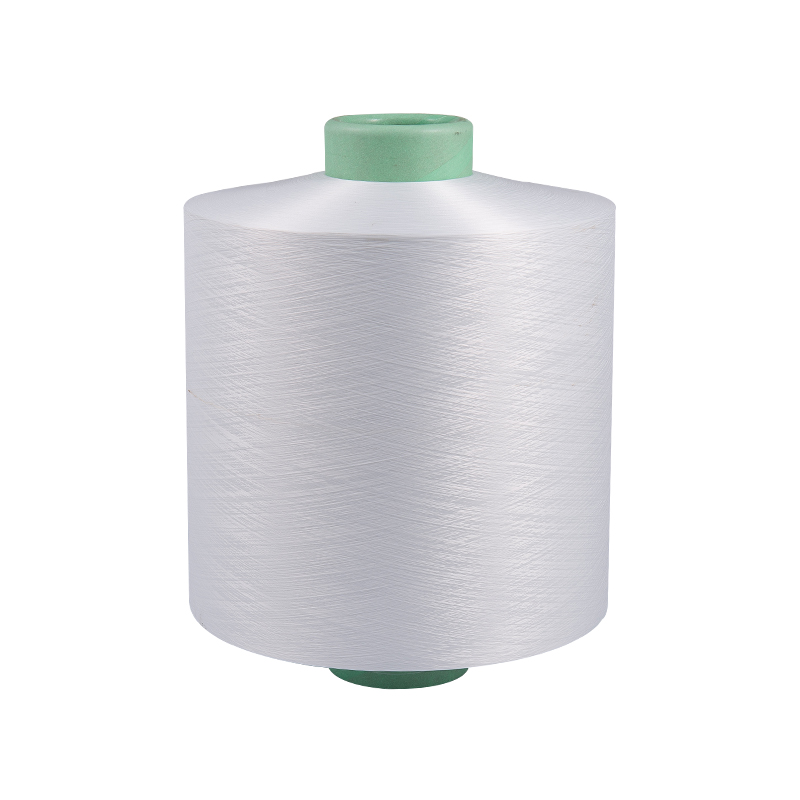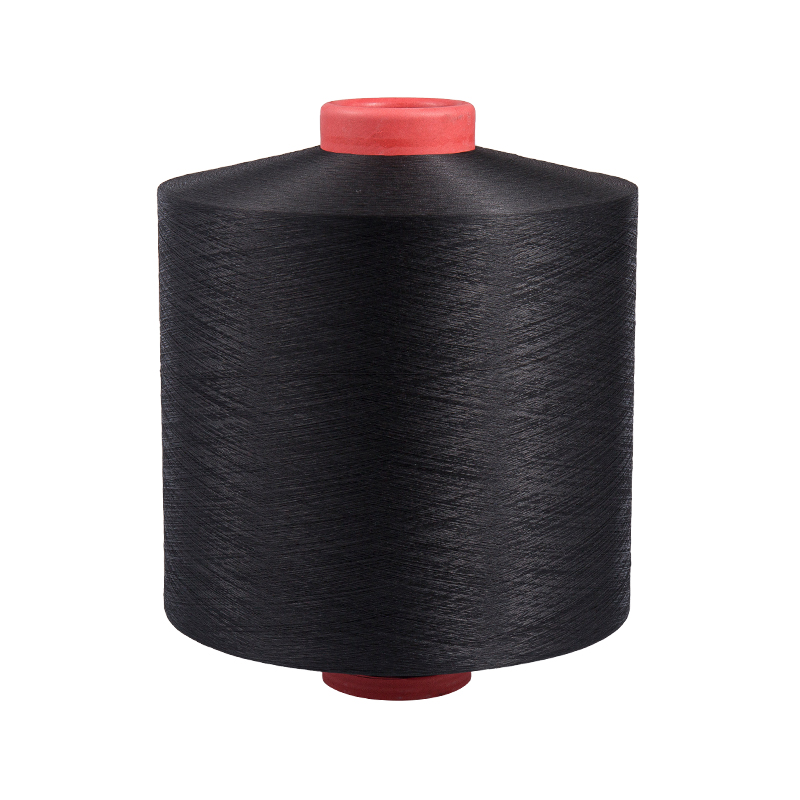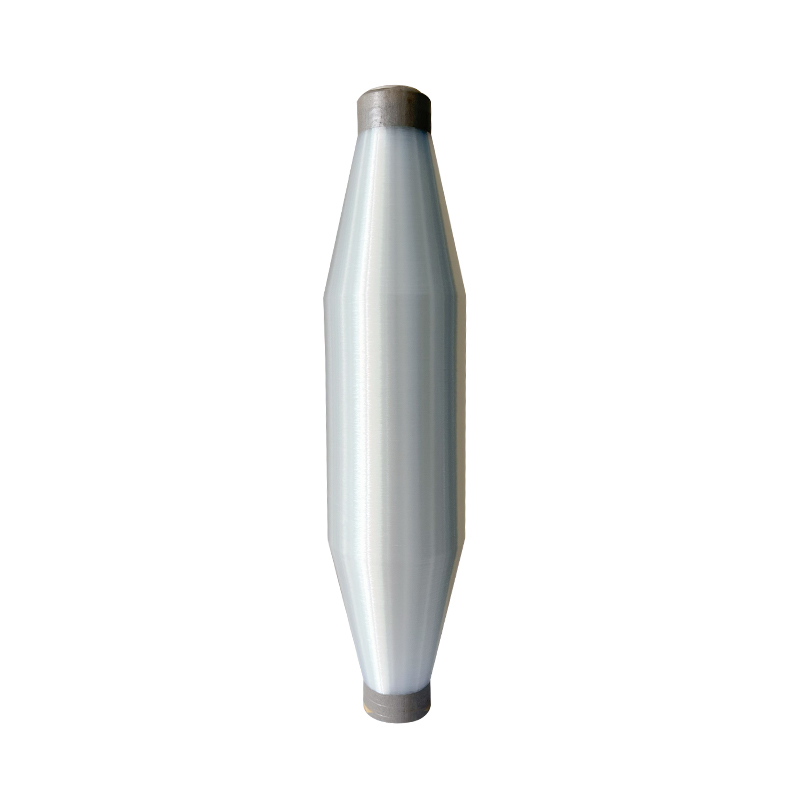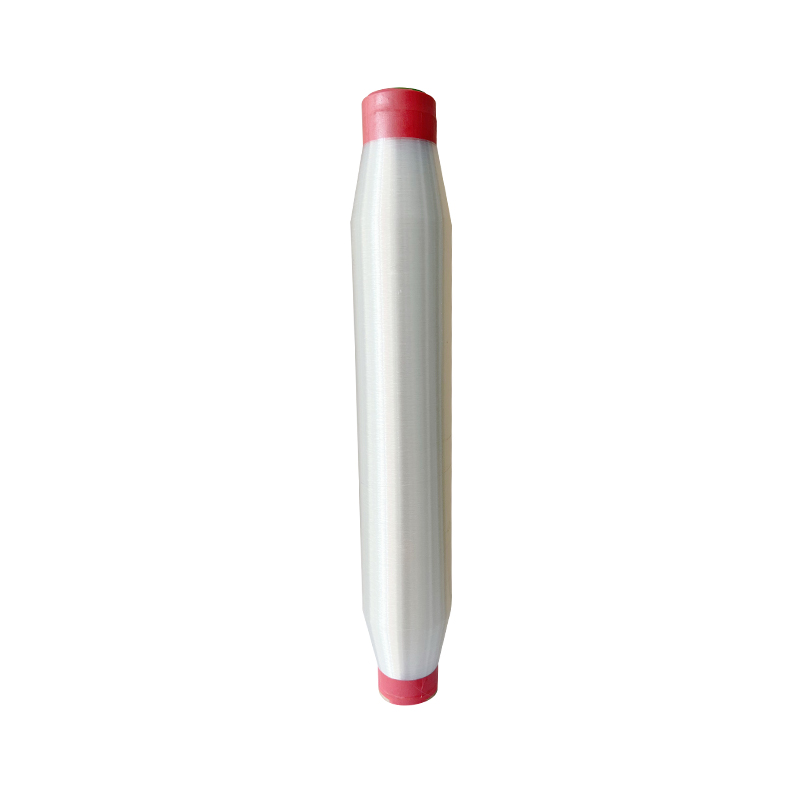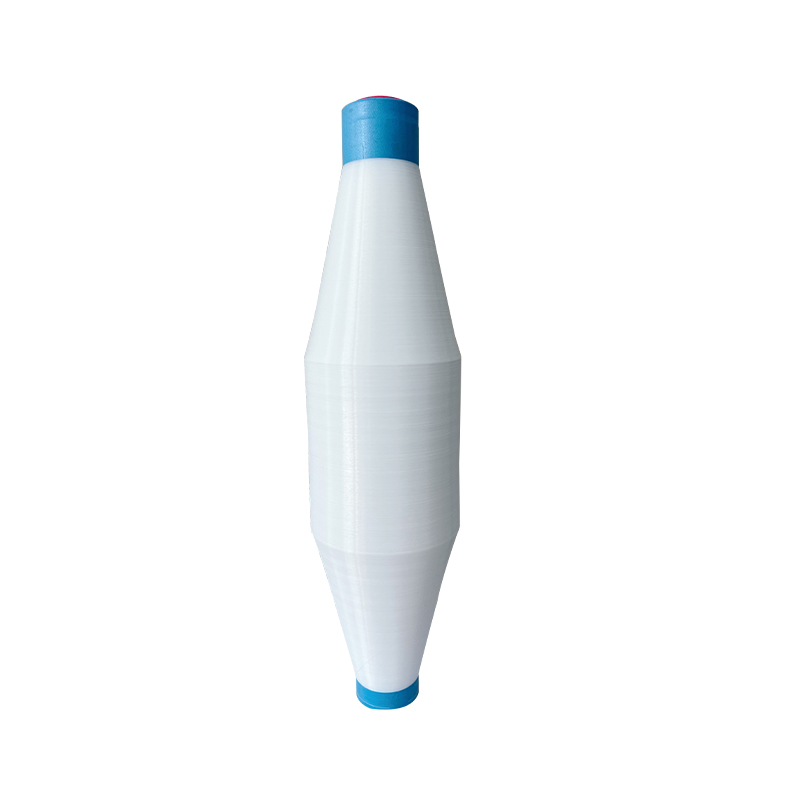How is DTY Yarn Produced Through the Draw-Texturing Process?
2025-10-16
Polyester DTY Yarn, short for Draw Textured Yarn, is one of the most widely used synthetic yarns in the textile industry due to its combination of strength, elasticity, and versatility. The production of this yarn involves a specialized process known as draw-texturing, which transforms partially oriented yarn (POY) into a bulkier, more stretchable, and visually appealing fiber suitable for diverse applications such as apparel, upholstery, and home textiles.
The draw-texturing process begins with Polyester POY (Partially Oriented Yarn), which is produced by the high-speed spinning of molten polyester chips. This POY is then fed into a draw-texturing machine, where two critical operations occur simultaneously — drawing and texturing.
During the drawing phase, the yarn is stretched to align and orient the molecular chains within the fiber, thereby increasing its tensile strength and reducing its elongation. This stage essentially transforms the POY into a more stable and durable filament.
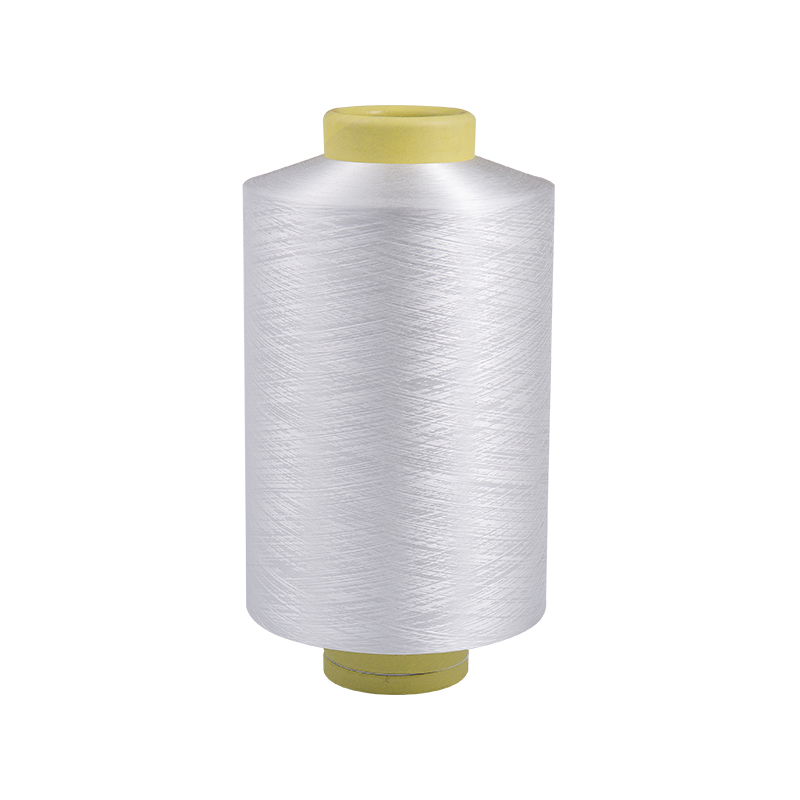
In the texturing phase, the drawn yarn is passed through a heated zone and wound over false-twist spindles or air-jet nozzles, depending on the machinery type. The controlled twisting and untwisting action introduces permanent crimps or loops into the filament, which give the final product its distinctive bulk, softness, and elasticity. The textured structure enhances the yarn’s comfort and drape, making it similar in feel to natural fibers.
After the draw-texturing step, the yarn undergoes a relaxation and winding process to stabilize the newly created crimp and remove internal stress. The resulting Polyester DTY Yarn is then wound onto cones or packages, ready for dyeing or direct use in weaving and knitting operations.
Polyester DTY Yarn can be customized with various finishes—such as semi-dull, bright, or trilobal cross-sections—to achieve different aesthetic and functional properties. It may also be intermingled or twisted with other yarns to enhance specific characteristics like durability or appearance.
In conclusion, the draw-texturing process is what gives Polyester DTY Yarn its unique mechanical and aesthetic qualities. By combining molecular orientation and mechanical crimping, the process transforms smooth POY into a versatile, elastic, and visually rich yarn that meets the performance and comfort requirements of modern textile applications.




 English
English 中文简体
中文简体 Español
Español عربى
عربى


